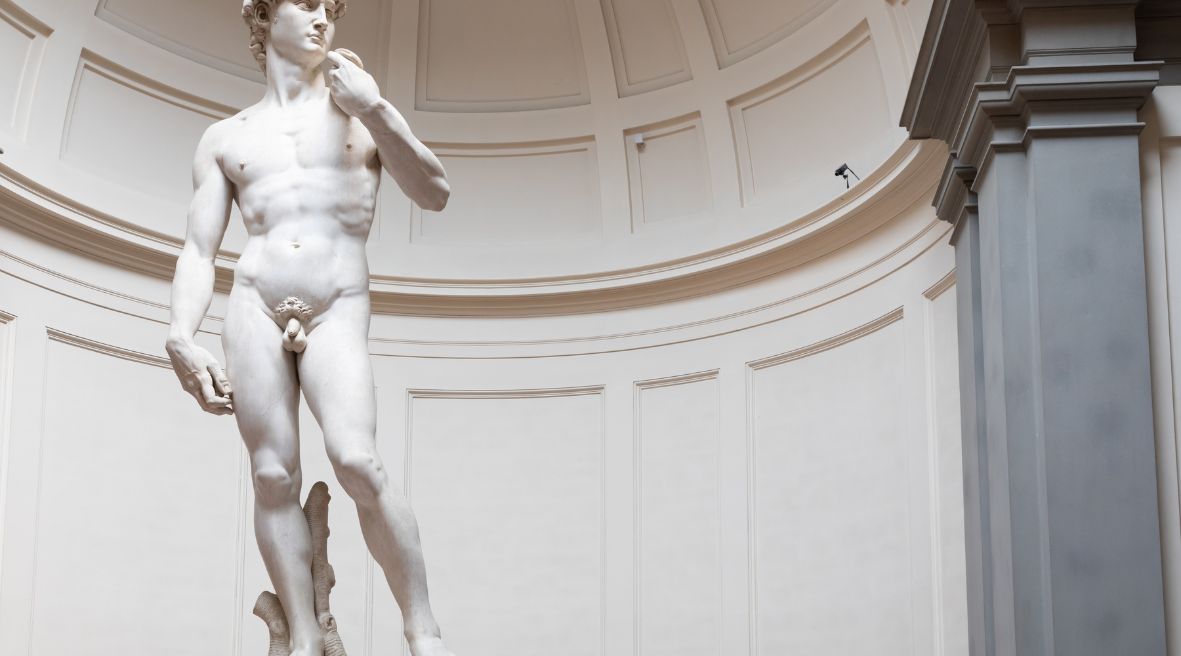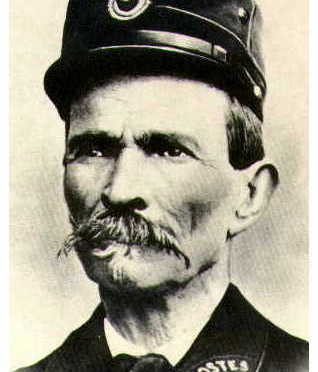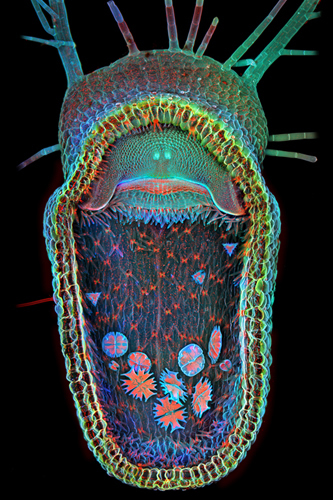Nude art has long been the subject of theological debate, regardless of Christian denomination. Although respect and public display of such art has been a lasting Catholic tradition, one Protestant writer has argued that when it comes to nude art and pornography, “there are differences of degree, but there is no difference in kind.”1 Looking back to the past, Christian figures have had similar reactions when confronted with such art. One popular anecdote relates Queen Victoria’s being scandalized by a plaster of the nude David, and had subsequently commissioned a detachable fig leaf to cover up the genitals.2 Disputes between Catholics also intensified following the Council of Trent — Biagio da Cesena, Papal Master of Ceremonies to Pope Leo X, was known to have complained about Michelangelo’s The Last Judgement, stating that “it was disgraceful that in so sacred a place there should have been depicted all those nude figures, exposing themselves so shamefully.”3 This piece, along with others, was censored with the addition of fig leaves. However, alongside the Catholic Church’s long-standing tradition of sacred nude art, Pope Saint John Paul II expressed a renewed appreciation for such art during his papacy. By using his theological insight and the teaching of the Church, it can be demonstrated that nude art has the potential of spiritual edification, and is wholly separate from pornography.
The latter point concerning the difference between nude art and pornography should be established first before arguing for the former — and in this regard, the differentiation is fairly simple. The Catechism of the Catholic Church states that pornography, either in its production or in its consumption, is a grave offense against chastity where the human being becomes “an object of base pleasure.”4 In a 2015 document drafted by the United States Conference of Catholic Bishops (USCCB), pornography is described as “a grave matter by its object,” where in addition to the objectification of persons, sexual intimacy and pleasure are removed from the marital bond and placed into the sphere of commodification.5
In contrast, the Catechism and the USCCB are clear in communicating the inherent goodness of art and even nude art. The former compares art to divine activity, stating that “to the extent that it is inspired by truth and love of beings, art bears a certain likeness to God’s activity in what he has created.”6 The latter addresses nude art explicitly, asserting that “authentic art seeks to communicate truth and beauty and lead the viewer to contemplation. When it depicts the human body or a relationship of love, it may include their sexual aspects, but not in an exaggerated way so as to obscure the subject as a whole. Pornography, in contrast, reduces the persons portrayed to their sexual attributes, with the purpose of provoking sensuous craving in the viewer.”7
This comparison squarely opposes the notion that there is “no difference in kind” when analyzing nude art versus pornography, and argues that the latter intends to provoke sexual urge while the former communicates bodily beauty while capturing the totality of the subject. John Paul II makes a similar critique of pornography, saying that it “takes place when the limit of shame is overstepped, that is, of personal sensitivity with regard to what is connected with the human body with its nakedness. (Pornography) takes place when in the work of art… the right to the privacy of the body in its masculinity or femininity is violated.”8 This personal sensitivity to human nakedness is set on fire by pornographic depictions, but treated delicately by effective nude art. John Paul II expands on this dichotomy further in Love and Responsibility, describing pornography as “an explicit tendency to emphasize in a work of art the moment of sexus in the reproduction of the human body or in the reproduction of love and persons who experience it. This tendency aims at evoking in the recipient of this work, a reader or a viewer, a conviction that the sexual value is the only essential value of the person, and that love is nothing else but experiencing or co-experiencing this value. This is a harmful tendency, because it destroys the complete image of this important fragment of human reality that consists in the love of a woman and a man.”9 Between the Catechism, the USCCB, and John Paul II, the case is made magisterially that nudity in art is intrinsically different from the viciousness of porn.
To separate nude art from pornography under the lens of moral theology, one can also evaluate each enterprise by looking at the act itself, the creator’s intention, and the circumstances surrounding the act. The act of drawing a nude figure, with nothing else considered, is by itself morally neutral. A drawing of a naked woman in an anatomy textbook is not designed to provoke any sort of sexual feeling. However, this means that the way in which the act is done — namely, the artist’s intention — matters. If a drawing of a naked woman accentuates her sexual parts, or, going further, depicts her in a sexual act, it is clear that it is done for pornographic purposes. Producing such images, as the USCCB states, is grave matter by its object.10 Regarding circumstance, nude art can be appreciated without the feeling of sexual desire arising, but nonetheless, it has the potential to negatively affect people with certain sensitivities. In the case of Queen Victoria, she was easily scandalized by the occasion of any sort of nudity. Pulling from a modern example, in the case of those impacted by addiction to pornography, the nude figure can provoke lust due to a sexually skewed perception of the female body. Therefore, although pornography is gravely disordered in any circumstance, nude art can also become scandalous or a near occasion of sin depending on the observer.
Despite this precariousness, when the project of creating nude art is accomplished with excellence, it can be an occasion of spiritual edification and even express deep theological truths. John Paul II described the Sistine Chapel as “the sanctuary of the theology of the human body… In witnessing to the beauty of man created by God as male and female, it also expresses in a certain way, the hope of a world transfigured, the world inaugurated by the Risen Christ, and even before by Christ on Mount Tabor.” In keeping with this connection to God, he says that “in the context of the light that comes from God, the human body also keeps its splendor and its dignity. If it is removed from this dimension, it becomes in some way an object, which depreciates very easily, since only before the eyes of God can the human body remain naked and unclothed, and keep its splendor and its beauty intact.”11 In a certain sense, then, nude art can only reach its full potential in displaying the total truth and beauty of the human body by depicting the sacred. It is fitting, then, to conclude with a thought from Fr. Alexander Lucie-Smith, who wrote on the ethics of nude art: “The beauty of the human form is something that is taught by Christianity, and it is an important teaching that we should never forget. Pornography attempts to efface this truth, and to reduce the human form to something mechanical, animal and undignified.”12 John Paul II’s vision in recognizing and promoting the goodness of nude art provides a helpful remedy in combating the vice of pornography strangling the world today.
Endnotes
1 Heath Lambert. “What Should Christians Think of Nude Art?” First Baptist Church Jacksonville, 2022.
2 “David’s Fig Leaf”. Victoria & Albert Museum, archived from www.vam.ac.uk/collections/sculpture/stories/david/index.html.
3 Norman E. Land. “A Concise History of the Tale of Michelangelo and Biagio da Cesena.” Ars Brevis Foundation, Inc., 2013, vol. 32, no. 4, pp. 15–19.
4 Catholic Church. Catechism of the Catholic Church [CCC], 1997, para. 2354.
5 United States Conference of Catholic Bishops [USCCB]. “Create in Me a Clean Heart: A Pastoral Response to Pornography,” 2015, p. 5.
6 CCC, para. 2501.
7 USCCB, p. 23.
8 John Paul II. Reflections on the Ethos of the Human Body in Works of Artistic Culture. L’Osservatore Romano, 1981.
9 Karol Wojtyła. Love and Responsibility. Pauline Books & Media, 2013, p. 176.
10 USCCB, p. 5.
11 John Paul II. “Celebration of the Unveiling of the Restorations of Michelangelo’s Frescoes in the Sistine Chapel.” 1994, para. 6.
12 Fr. Alexander Lucie-Smith. “When Does Nudity in Art Become Inappropriate?” Catholic Herald, 1 Feb. 2018, catholicherald.co.uk/when-does-nudity-in-art-become-inappropriate/.
Bibliography
Catholic Church. Catechism of the Catholic Church [CCC], 1997.
“David’s Fig Leaf”. Victoria & Albert Museum, archived from www.vam.ac.uk/collections/sculpture/stories/david/index.html.
Heath Lambert. “What Should Christians Think of Nude Art?” First Baptist Church Jacksonville, 2022.
John Paul II. “Celebration of the Unveiling of the Restorations of Michelangelo’s Frescoes in the Sistine Chapel.” 1994.
—. Reflections on the Ethos of the Human Body in Works of Artistic Culture. L’Osservatore Romano, 1981.
—. Love and Responsibility. Pauline Books & Media, 2013.
Fr. Alexander Lucie-Smith. “When Does Nudity in Art Become Inappropriate?” Catholic Herald, 1 Feb. 2018, catholicherald.co.uk/when-does-nudity-in-art-become-inappropriate/.
Norman E. Land. “A Concise History of the Tale of Michelangelo and Biagio da Cesena.” Ars Brevis Foundation, Inc., 2013, vol. 32, no. 4.
United States Conference of Catholic Bishops [USCCB]. “Create in Me a Clean Heart: A Pastoral Response to Pornography,” 2015.



